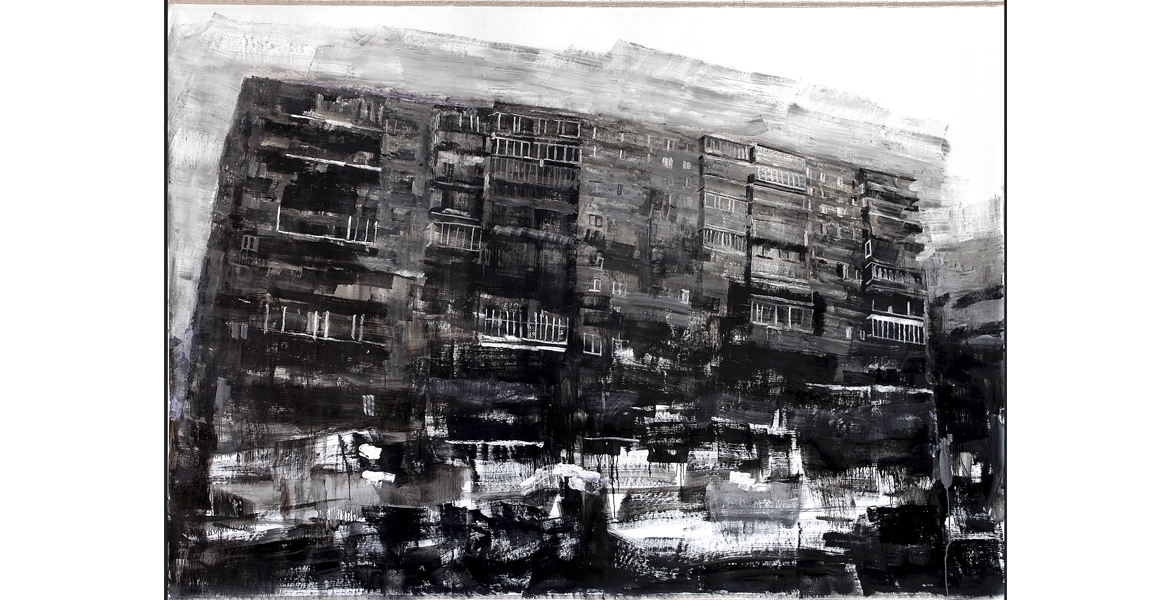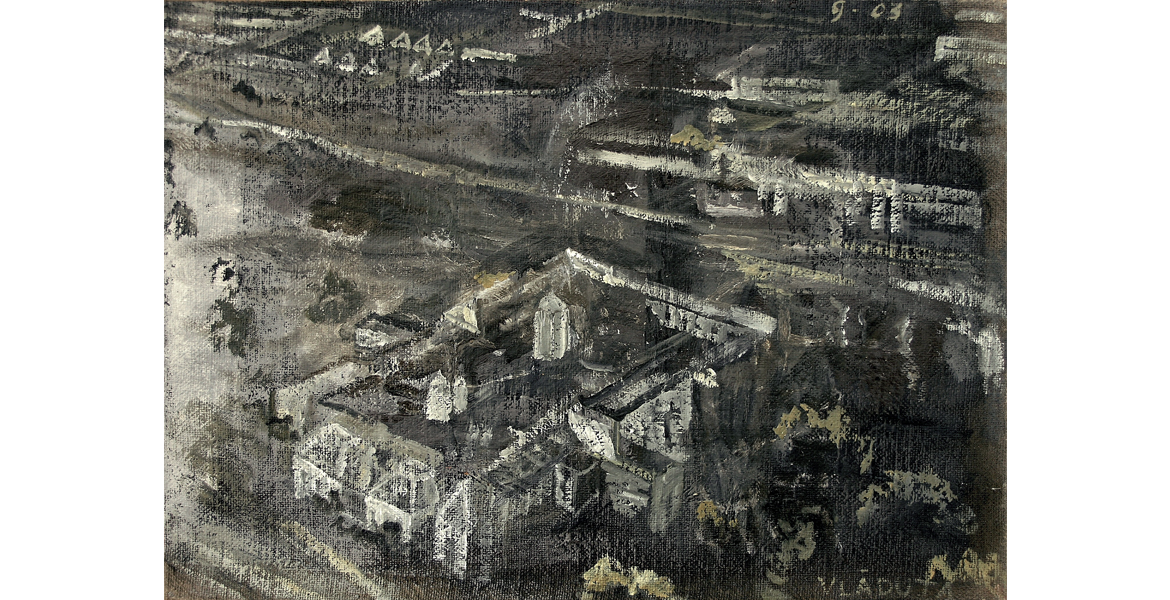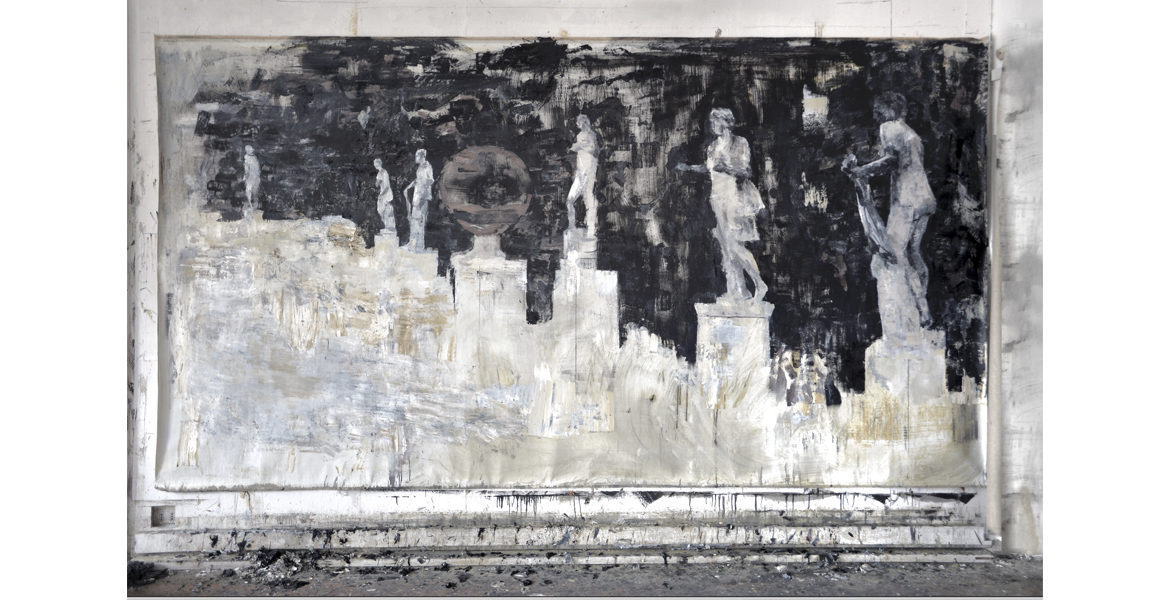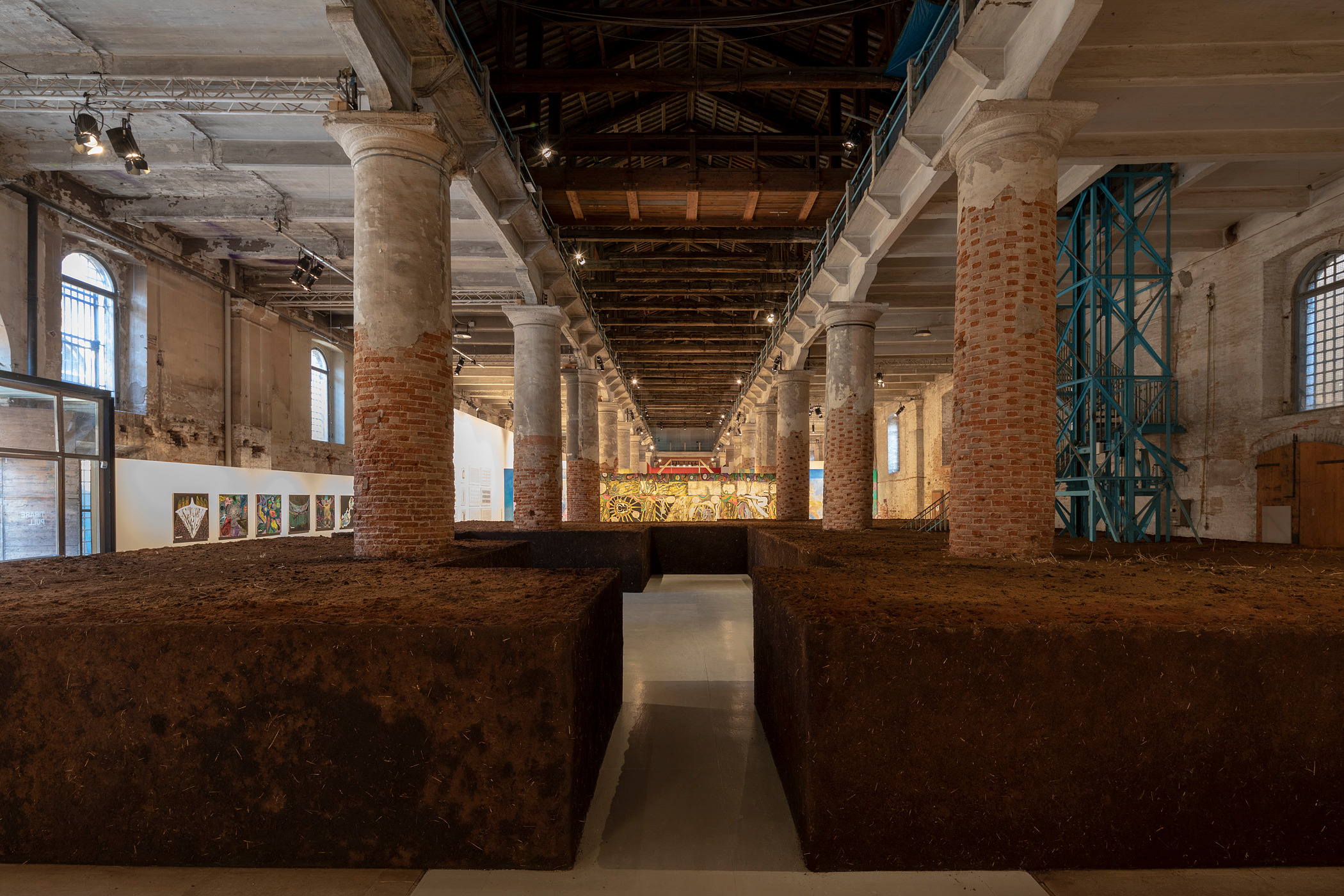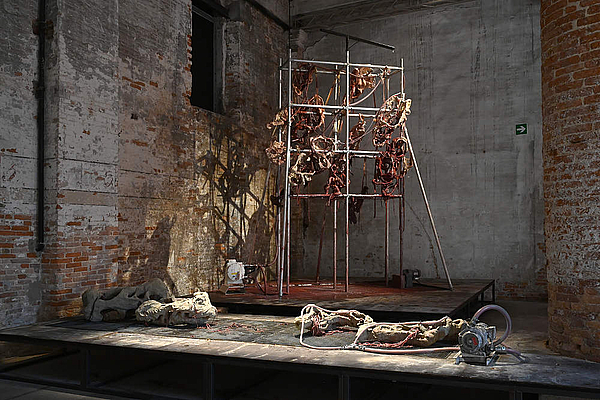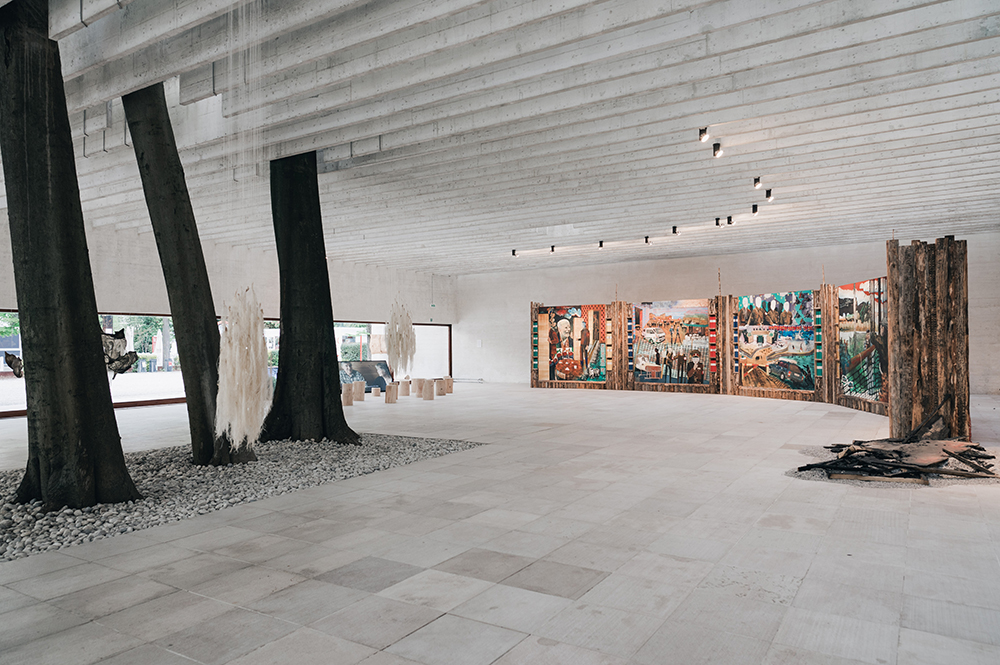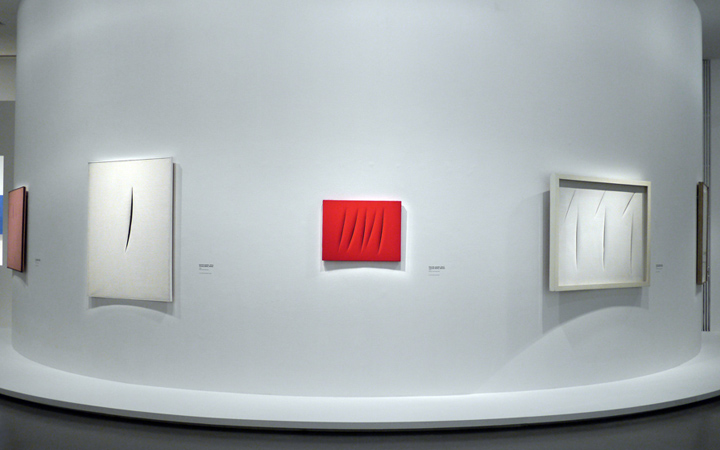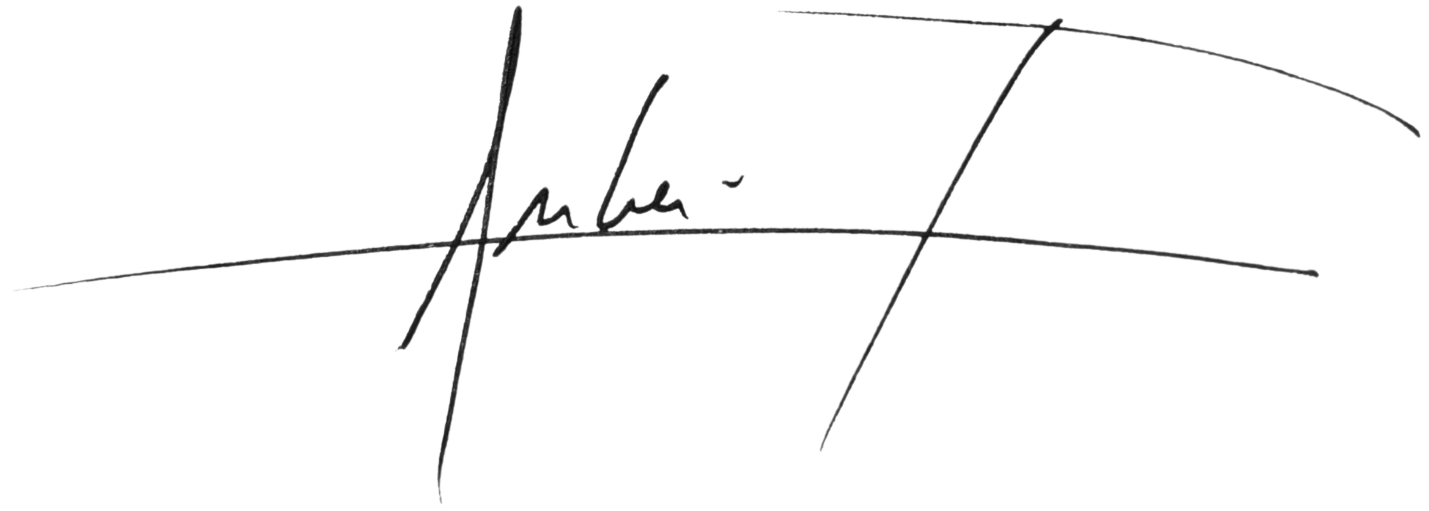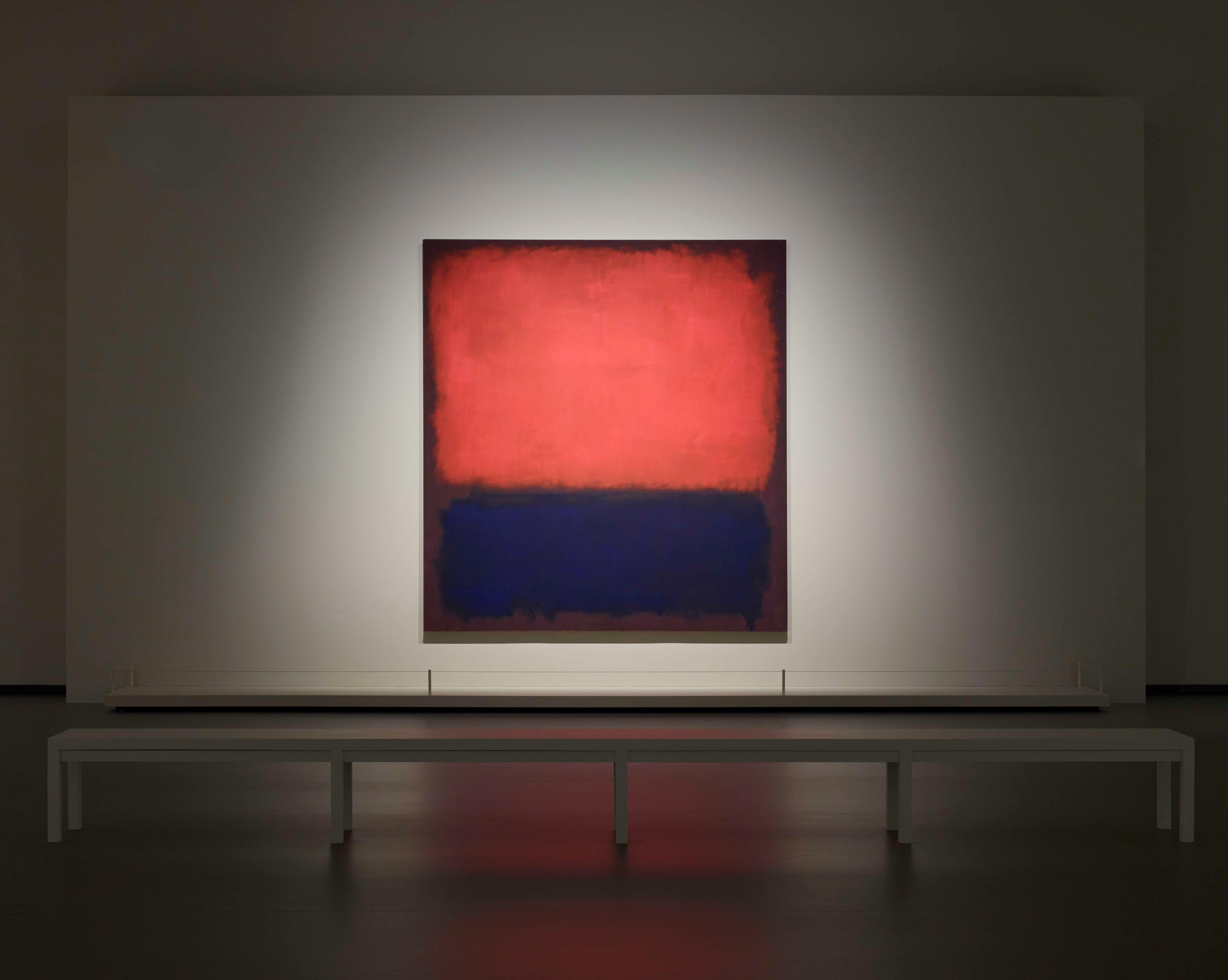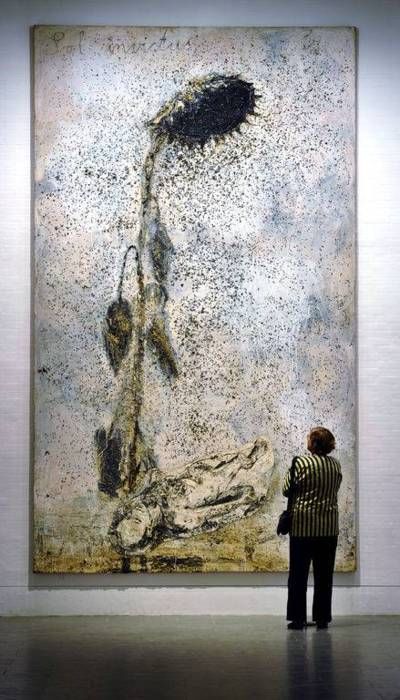
The concept of latent space refers to those “invisible” zones of an exhibition or artwork, either physical or conceptual, that are not in the foreground but generate meaning, direction, and depth. It is what is not spoken but felt, what is not represented but becomes context. From an evolutionary point of view, latent spaces have been perceived differently over time, depending on culture, being integrated to varying degrees into artistic creations or everyday life. As I also argued in the previous article about the impact of minimalism in sculpture, the Japanese constantly use negative spaces, integrating them into an entire philosophy through the concept of ma.
Another example, this time found in literature, is that of contemporary poetry, which resorts to such “unusual” spaces for an audience used to more “classical” forms of poetry. Poetry gains a new valence through the visual dimension, the effect being greatly enhanced. Guillaume Apollinaire is the best-known calligramist, who through his visual poems perfects the picto-poetic syncretism, that is, he successfully correlates the verbal language of poetry with the non-verbal language of the visual code. From these suggestive arrangements to contemporary poetry where we can find ample spaces between words, gaps, or even pages with only a single word written on them, its meaning greatly amplified by this silence, there was only one step.
In painting, we can look at Anselm Kiefer. He uses such spaces in his creations for multiple purposes, from revisiting history to the use of ruins to both invoke and evoke, through them, collective memories and personal references that directly appeal to the potential energy of these latent spaces.

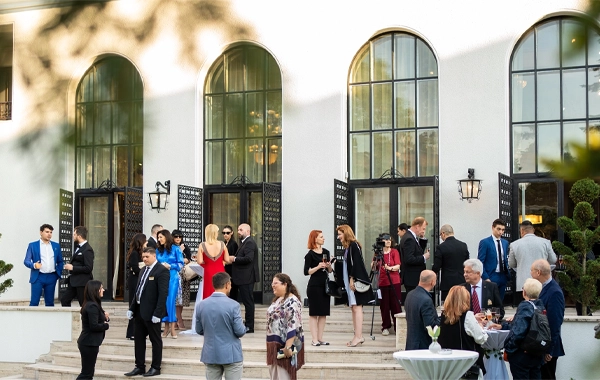
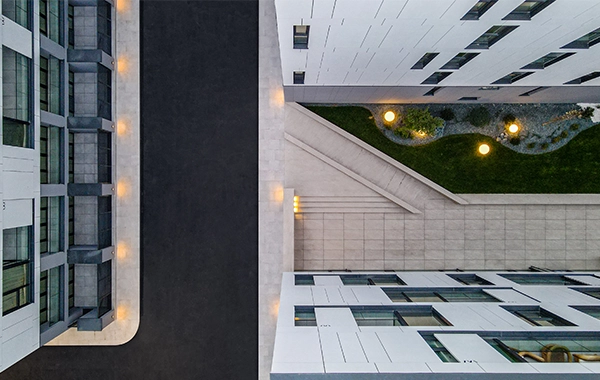





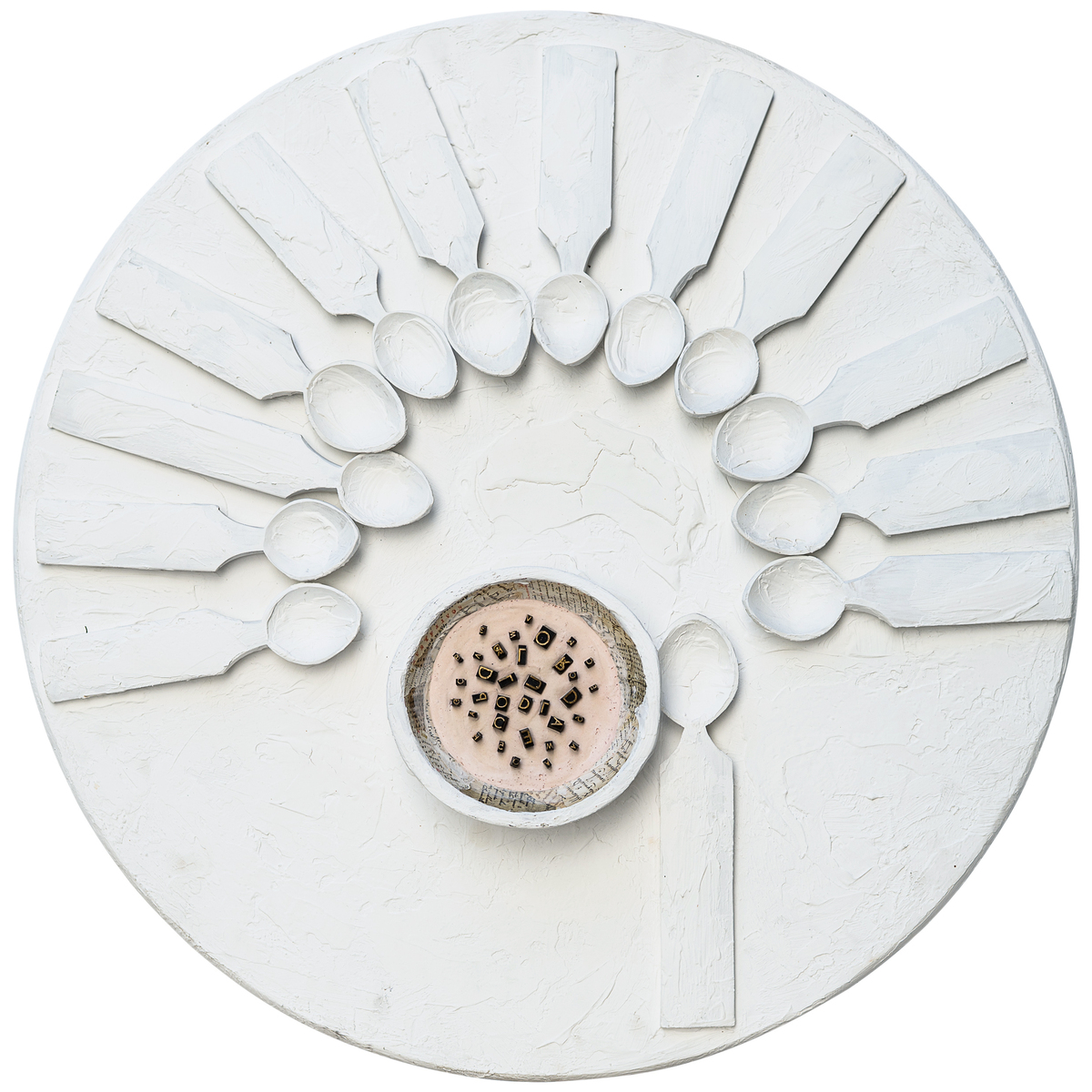
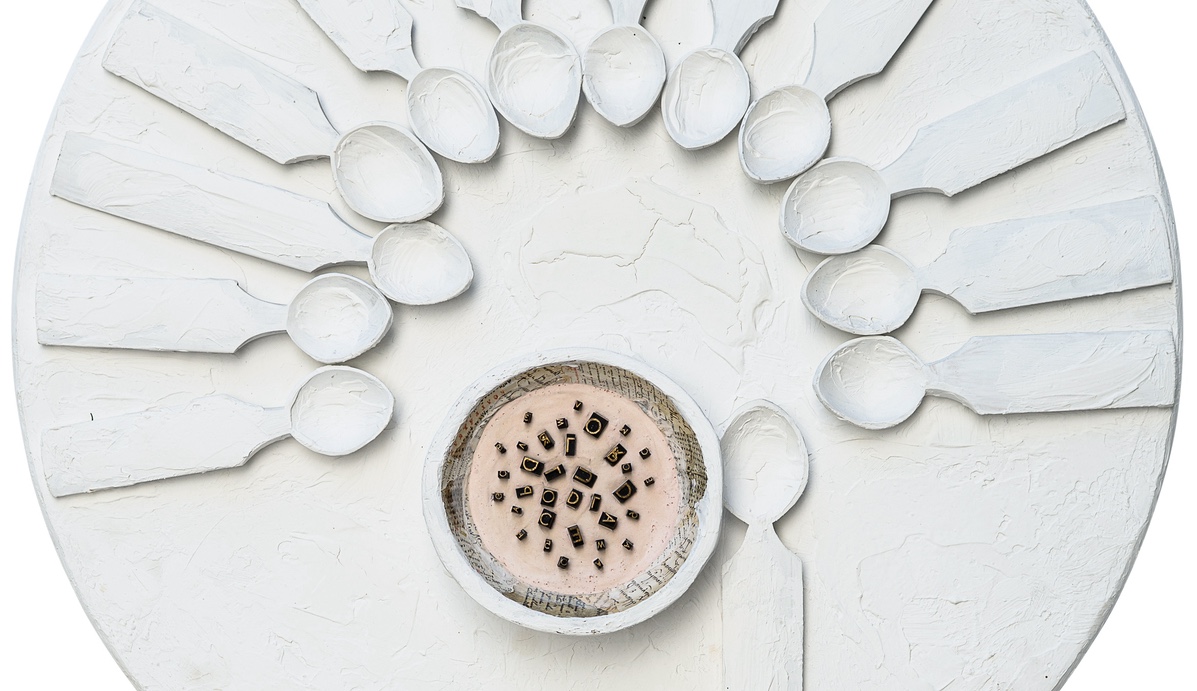
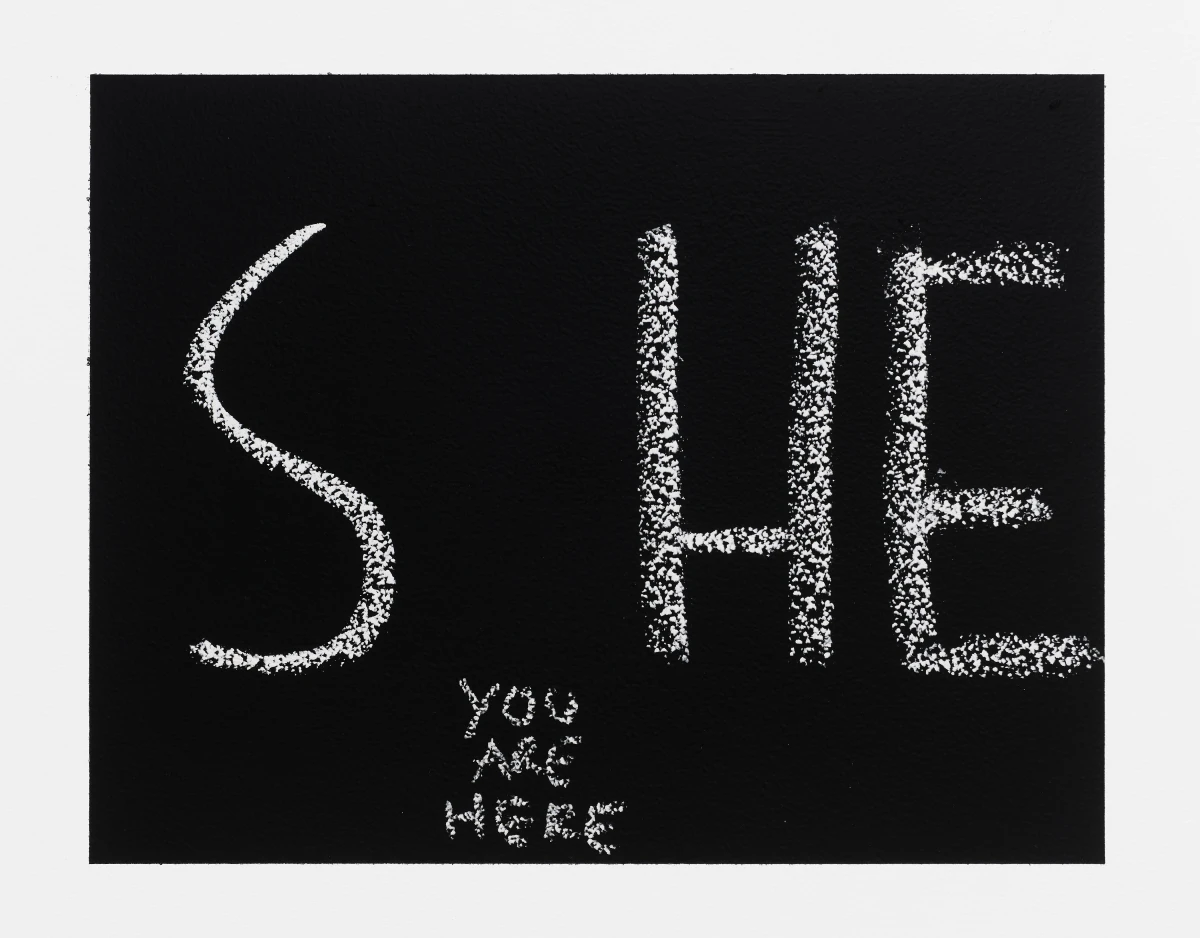
.webp)
